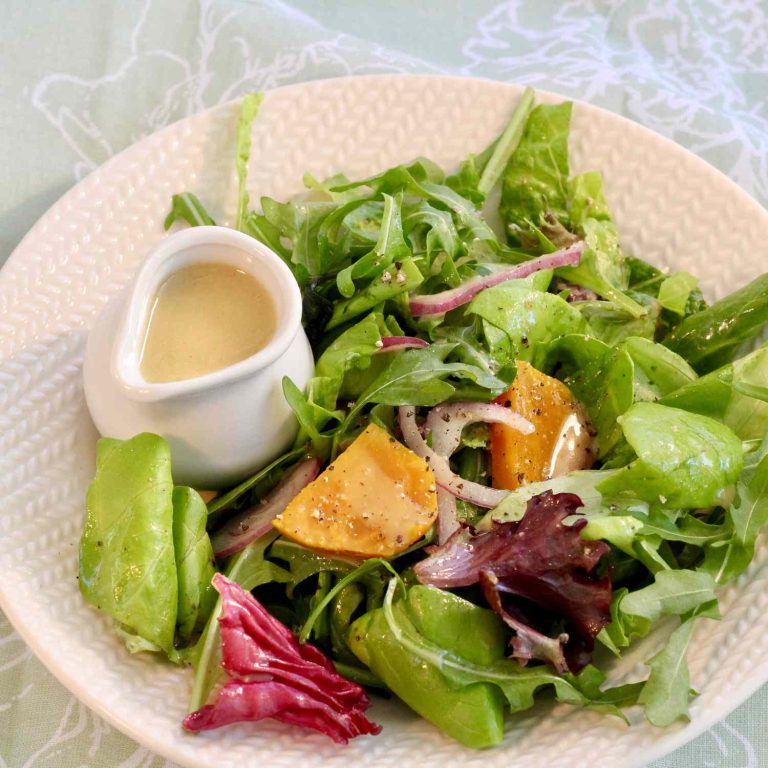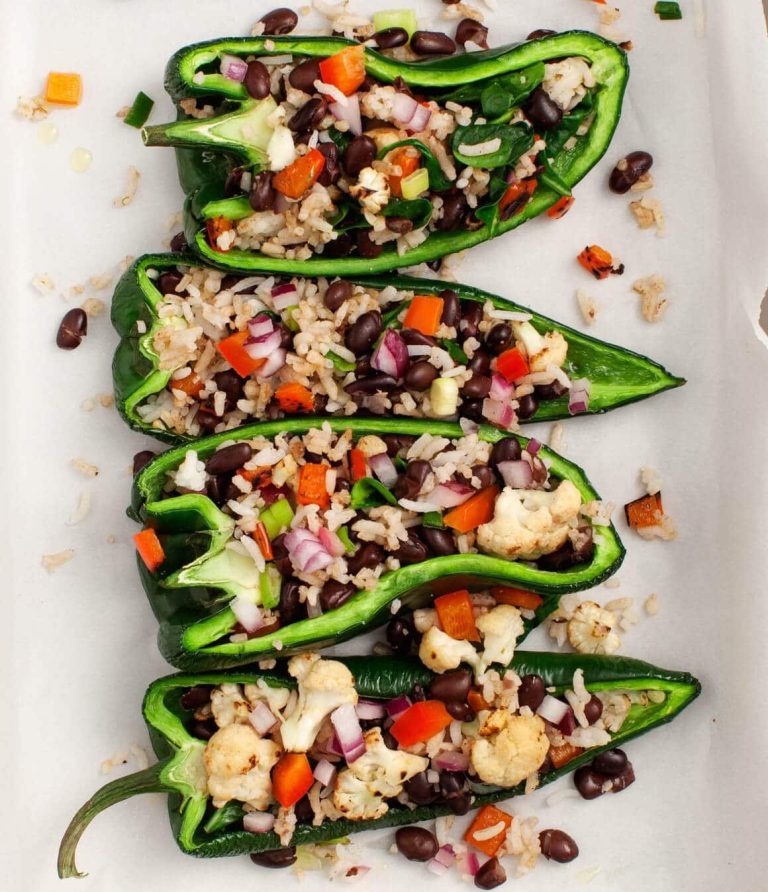Israeli Salad: History, Benefits, and Delicious Serving Ideas
Israeli Salad has origins tied to the early 20th century. Jewish immigrants from Eastern Europe brought their culinary traditions to Israel, fusing them with local Middle Eastern ingredients. The salad quickly became a reflection of the melting pot that is Israeli society. It typically features diced tomatoes, cucumbers, onions, and bell peppers with lemon juice and olive oil. This simple yet vibrant dish not only showcases the bounty of local produce but also symbolizes the blending of cultures. Israeli Salad is served at nearly every meal, highlighting its integral role in daily life and local cuisine (Source: Haaretz).
Evolution Over the Years
The evolution of Israeli Salad reflects the dynamic nature of Israeli society. Initially a breakfast dish, it now appears at any time of day. Ingredients have diversified to include items like parsley, mint, radishes, and various types of cheese. Variations can be found in different regions, showcasing local produce and preferences. Chefs often give their personal twist, but the core ingredients remain the same. Israeli Salad’s popularity has even spread beyond Israel, influencing global culinary trends and appearing in restaurants worldwide.
Key Ingredients in Israeli Salad
Common Vegetables Used
Tomatoes, cucumbers, and bell peppers form the base of Israeli Salad. These vegetables are usually diced into small pieces to ensure an even mix and uniform texture. Onions, often red or white, add a sharp flavor. Some variations include radical additions like radishes or carrots for extra crunch. Fresh herbs such as parsley and mint contribute a burst of color and freshness. Parsley offers a slightly peppery note, while mint adds a cooling effect.
Dressing and Seasoning Variations
Israeli Salad typically features a simple dressing of lemon juice and olive oil. This combination enhances the natural flavors of the vegetables without overpowering them. Salt and black pepper are standard, adding seasoning to taste. For a more robust flavor, some versions include a dash of sumac, which imparts a lemony tanginess. Za’atar, a spice blend with thyme, oregano, and sesame seeds, can add an extra layer of complexity. In some cases, red wine vinegar replaces lemon juice, providing a different acidity profile.
How to Prepare Israeli Salad
Step-by-Step Guide
- Gather Ingredients: Use fresh tomatoes, cucumbers, onions, and bell peppers for the base. Add parsley and mint for extra flavor.
- Dice Vegetables: Cut the tomatoes, cucumbers, onions, and bell peppers into small, uniform pieces. Precision ensures even mixing and flavor distribution.
- Mix Ingredients: Combine the diced vegetables in a large bowl. Toss gently to mix.
- Prepare Dressing: Mix lemon juice and olive oil in a small bowl. Add salt and black pepper to taste. Optionally, include sumac or za’atar for added depth.
- Dress the Salad: Pour the dressing over the mixed vegetables. Toss again to ensure even coating.
- Serve: Plate the salad immediately or chill it in the refrigerator for about 30 minutes to allow flavors to meld.
- Use Fresh Ingredients: Use freshly-picked tomatoes, cucumbers, and herbs to ensure the best taste.
- Chill Before Serving: Allow the salad to chill for at least 30 minutes before serving. This step lets the flavors meld.
- Adjust Seasonings: Taste the salad before serving and adjust salt, pepper, and lemon juice to your preference.
- Experiment with Add-Ons: Try adding feta cheese, olives, or radishes for variations.
- Serve Immediately: It’s best to serve the salad soon after preparing to keep the vegetables crisp.
Nutritional Benefits
Health Benefits of Key Ingredients
Israeli Salad offers numerous health benefits due to its fresh ingredients.
- Tomatoes: Rich in vitamin C and lycopene, tomatoes support immune health and may have cancer-preventive properties.
- Cucumbers: Provide hydration and are low in calories and high in vitamins K and B.
- Bell Peppers: Offer a significant amount of vitamin C, vitamin A, and fiber, contributing to eye health and improved digestion.
- Parsley: Packed with vitamins A, C, and K, it may enhance bone health and reduce inflammation.
- Mint: Known for its digestive benefits, mint contains antioxidants that help improve overall health.
Dietary Significance
Israeli Salad plays a crucial role in a balanced diet.
- Low Calorie: Each serving contains fewer than 50 calories, making it suitable for calorie-conscious diets.
- Rich in Fiber: High fiber content aids in digestion, supporting gut health.
- Hydrating: The high water content in cucumbers and tomatoes helps maintain hydration levels.
- Antioxidants: The presence of antioxidants combats oxidative stress, contributing to reduced chronic disease risk.
- Vitamins and Minerals: Ensures a good intake of essential nutrients, promoting overall well-being.
Serving Ideas for Israeli Salad
Traditional Pairings
Israeli Salad pairs well with various traditional dishes. Serve it alongside hummus and falafel to complement the creamy texture and rich flavors. Add it to a plate with grilled chicken or shawarma for a refreshing contrast. Include Israeli Salad in a mezze platter with pita bread, olives, and tahini for a diverse and satisfying meal. These combinations enhance the freshness of the salad, making it an ideal match for hearty, Middle Eastern cuisine.
Modern Twists on the Classic
Experiment with modern twists on Israeli Salad to add variety. Substitute traditional dressings with a zesty lime vinaigrette or a tangy balsamic reduction for a different flavor profile. Mix in quinoa, chickpeas, or feta cheese for added protein and texture. Incorporate fruits like pomegranate seeds or mango for a surprising sweetness. These creative variations keep the essence of Israeli Salad while introducing new elements to delight your taste buds.
Conclusion
Israeli Salad stands as a testament to the harmonious blend of Jewish and Middle Eastern culinary traditions. Its simplicity and nutritional benefits make it a staple in many diets. Whether you stick to the classic recipe or experiment with modern twists like adding quinoa or chickpeas, this salad offers endless possibilities. Pair it with traditional dishes like hummus and falafel or get creative with new dressings and ingredients. Embrace the versatility of Israeli Salad and enjoy a dish that’s as healthy as it is delicious.






